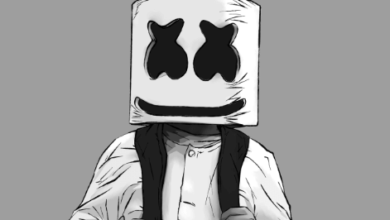
The art of drawing dinosaurs encompasses not only the technical skill of capturing their physical attributes but also an understanding of their historical context. To effectively illustrate these creatures, one must consider their anatomy, which informs the depiction of movement and posture. Essential techniques in sketching, combined with a strategic use of color and detail, can transform a static image into a dynamic representation of prehistoric life. This exploration prompts a critical question: how can artists balance scientific accuracy with creative expression to bring these ancient beings to life?
Understanding Dinosaur Anatomy
An intricate tapestry of evolution, dinosaur anatomy reveals a remarkable diversity of adaptations that not only defined their physical presence but also shaped their interactions with the prehistoric world.
The dinosaur skeletal structure, showcasing intricate designs, provided a sturdy framework, while strategic muscle placement allowed for varied locomotion.
This synergy of anatomy fostered the emergence of unique behaviors, enriching the tapestry of life in ancient ecosystems.
See also: Pretty:Cxwvozvyulq= Gurl
Essential Drawing Techniques
Mastering the art of drawing dinosaurs requires a keen understanding of both anatomical intricacies and foundational techniques that breathe life into these magnificent creatures on paper.
Employing effective sketching techniques facilitates dynamic poses, while perspective drawing enhances the illusion of depth, allowing your dinosaurs to roam freely across the page.
Embrace these methods to capture the grandeur of these ancient giants with authenticity and flair.
Adding Color and Detail
To breathe life into your dinosaur illustrations, the careful application of color and intricate detailing transforms mere sketches into vibrant representations of these prehistoric giants, capturing their essence and the environments they once inhabited.
Explore diverse color palettes to evoke mood and dimension, while employing texture techniques to simulate scales and feathers.
This ensures each illustration resonates with authenticity and creativity, inviting viewers into a vivid world of imagination.
Conclusion
In the grand arena of artistic expression, drawing dinosaurs emerges as a noble pursuit, rivaled only by the quest to capture the elusive essence of a unicorn.
Mastery of anatomy, techniques, and intricate details may allow one to create lifelike representations, yet the true challenge lies in convincing viewers that these magnificent beasts roamed the Earth rather than merely frolicked in the pages of a child’s coloring book.
Ultimately, the pursuit of dinosaur artistry remains a delightful endeavor, blending fact with fanciful imagination.




